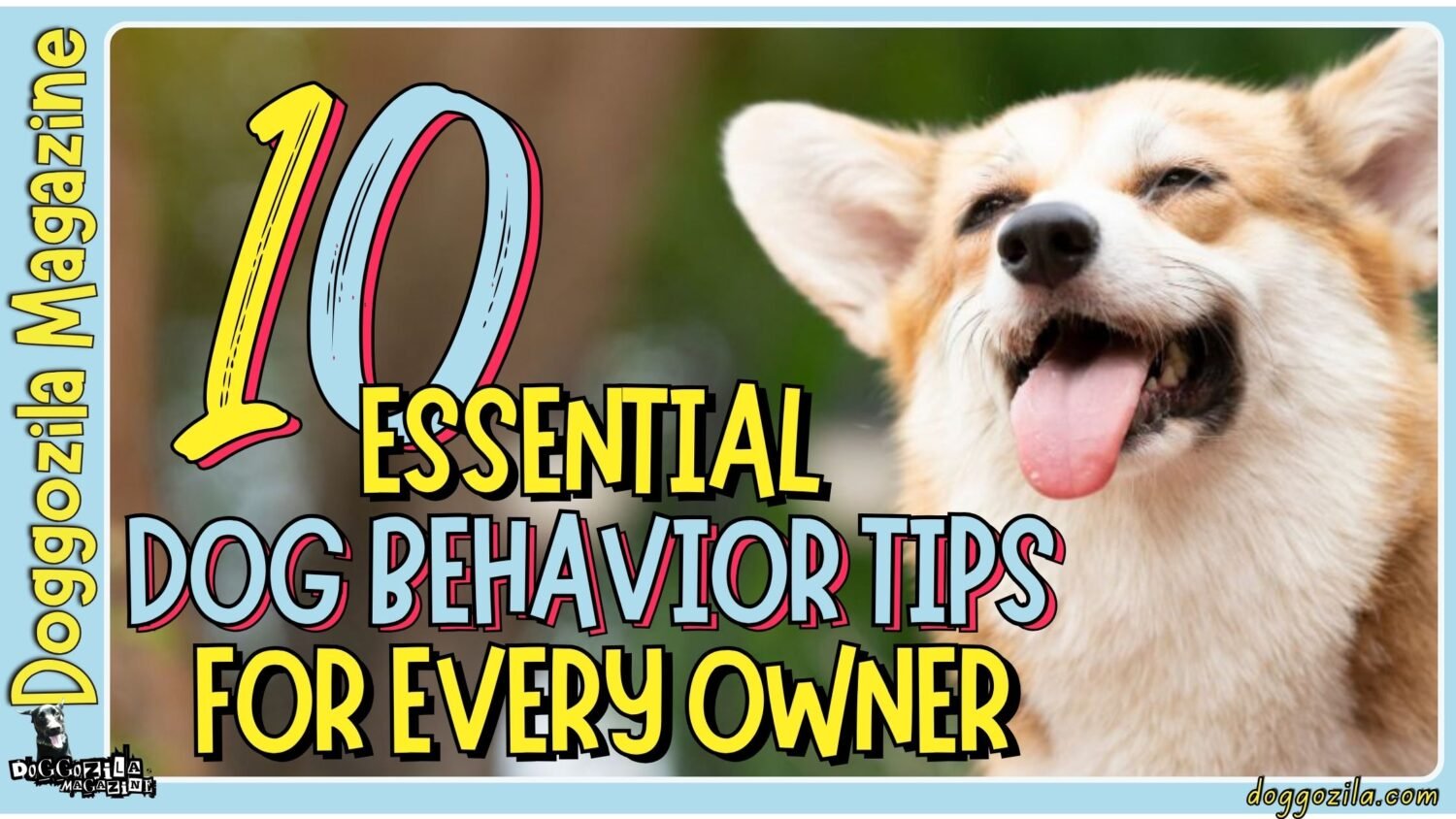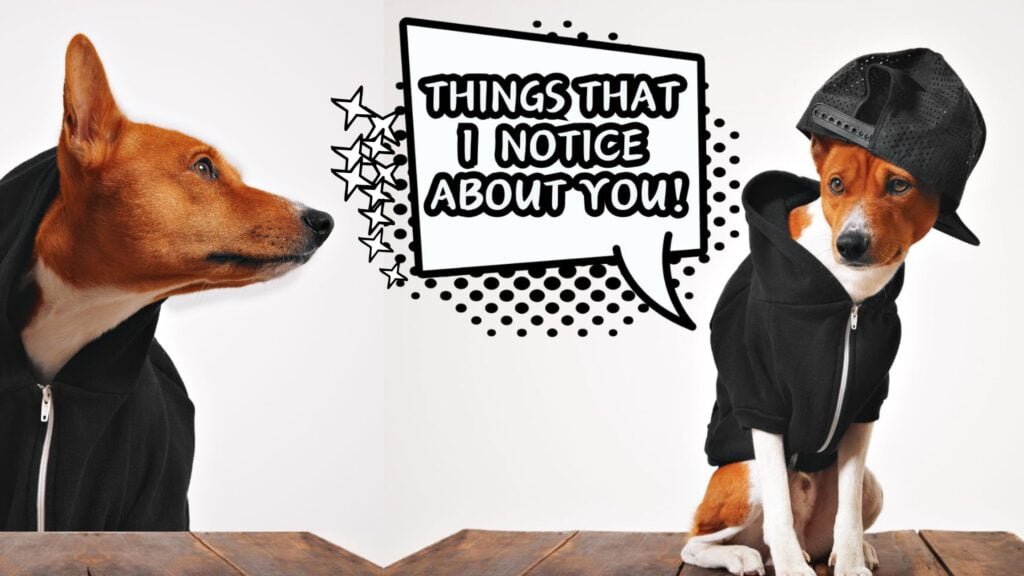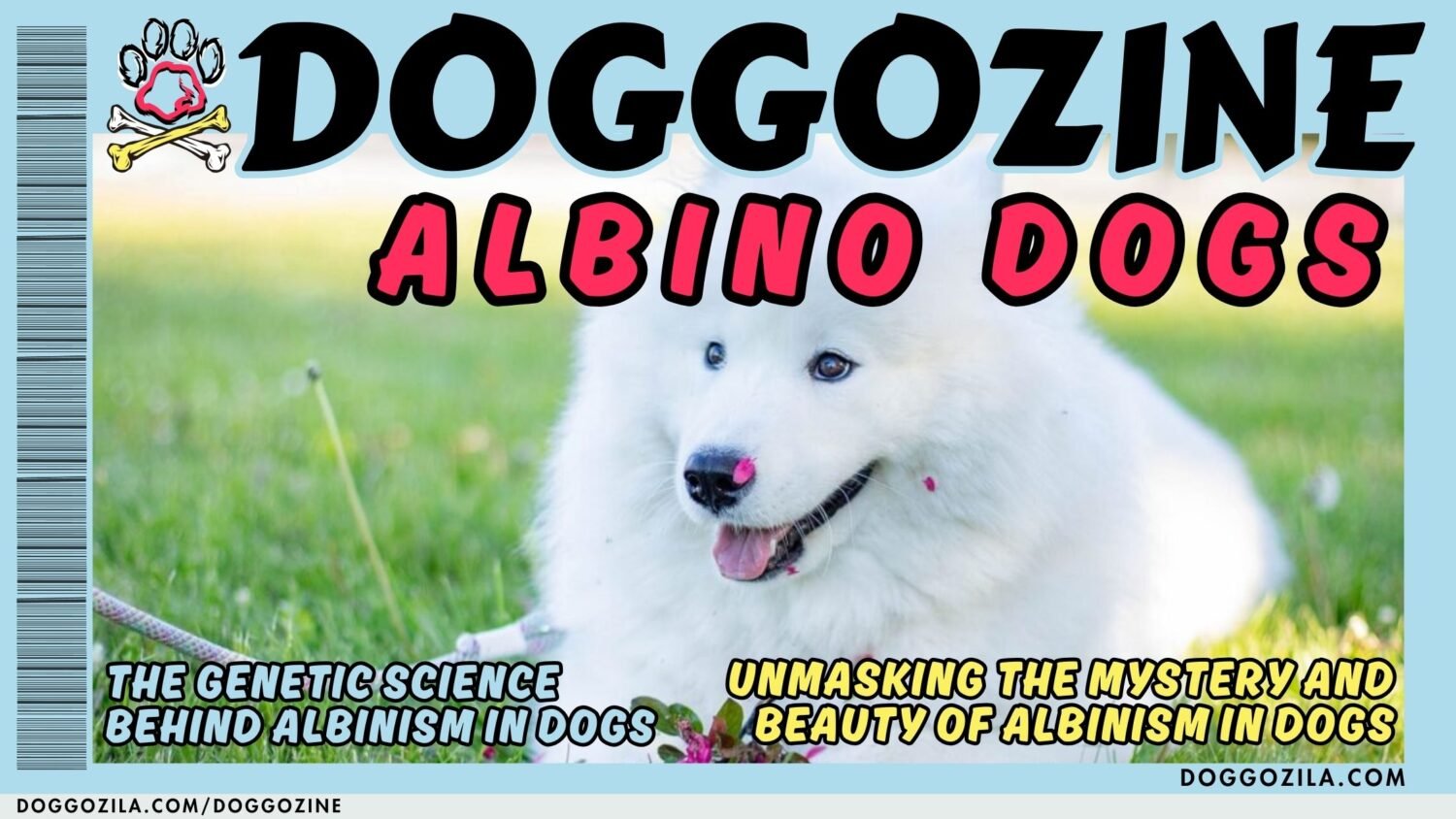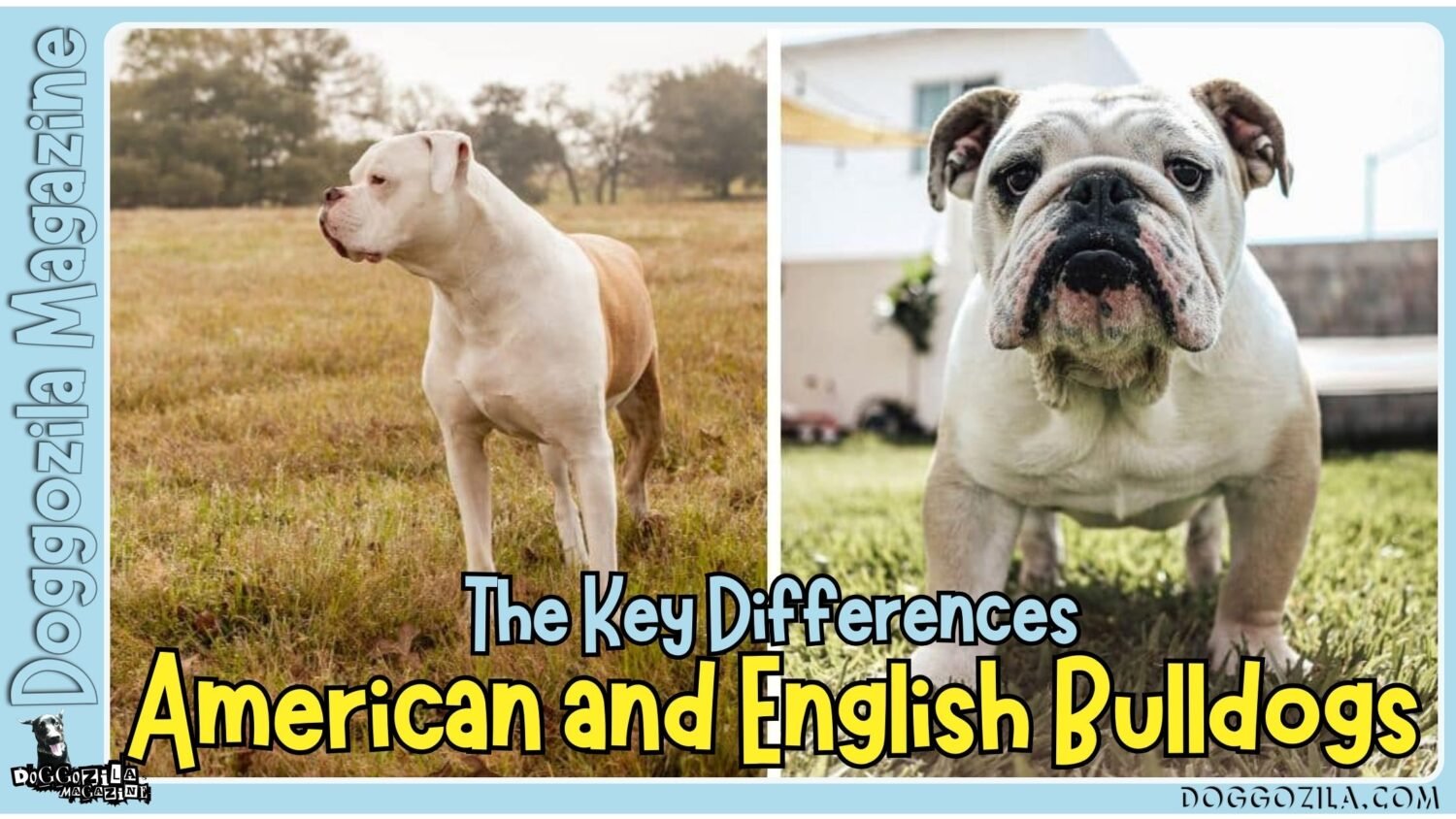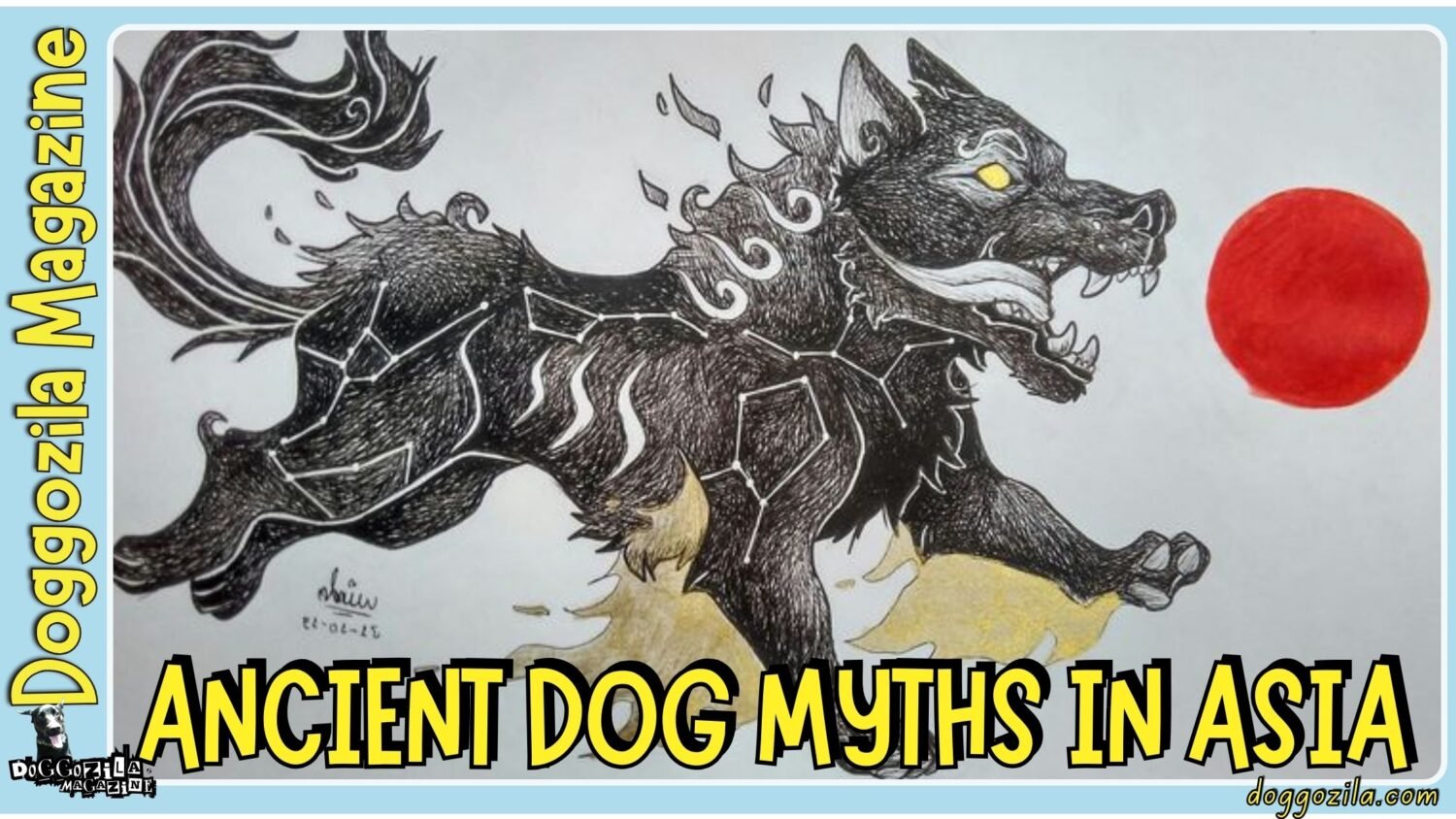Ever wonder why your dog claims your couch or stares you down during dinner? Modern science reveals most “dominance” displays stem from misunderstood communication rather than power struggles. Dominant dog behavior often gets mislabeled when owners misinterpret natural dog instincts.
That intense gaze might be anticipation of your next move, not a challenge to authority. The paw on your knee is likely an invitation to connect, not a territorial declaration. Our dogs navigate complex social landscapes using subtle cues we’re just beginning to decode.

HOW TO SPOT THE TRUE SIGNS OF DOMINANT DOG BEHAVIOR?
Dominant dog behavior manifests as calm, assertive energy rather than aggression. True displays involve confident body language, relaxed posture, deliberate movements, and voluntary deference from other dogs. You’ll see it when a Greyhound stations himself atop the dog park slide, controlling access without confrontation.
Resource management becomes a peaceful negotiation rather than a battle for supremacy. Distinguishing confidence from anxiety is crucial, as stiff-bodied guarding often signals stress rather than true dominance.
What Are The Body Language Clues That Signal Dominant Dog Behavior?
Watch for fluid movements and “soft” eyes indicating genuine confidence, the Bulldog sauntering through a rowdy playgroup unbothered exemplifies this. Authentic dominant dog behavior appears in ritualized gestures like a chin rested gently on another dog’s back during greetings.
Notice how calm dogs control spaces without aggression, like your German Shepherd blocking stairs from puppies with mere body positioning. Contrast this with anxious dogs showing whale-eye or lip-licks, true dominance doesn’t require tense postures. Observing these nuances helps prevent mislabeling normal confidence as problematic behavior.
Resource Guarding: Dominance or Fear?
That Labrador growling over his bowl often expresses insecurity rather than ambition. Studies show dogs displaying possessive behaviors typically experienced resource scarcity early in life, triggering survival instincts.
True dominant dog behavior appears when dogs calmly share high-value items, demonstrating security in their social position. Counterconditioning through “trade-up” games (offering chicken when near their bowl) reshapes emotional responses more effectively than confrontation.
The Leash-Reactivity Red Herring
Leashed dogs lunging aren’t asserting dominance but expressing frustration from restraint. This barrier conflict triggers a neurochemical storm where cortisol clouds judgment, explaining why your friendly Golden Retriever transforms on-leash. Desensitization exercises like rewarding calm trigger observations rebuild neural pathways. Recognizing this prevents mislabeling fear-based reactions as dominant dog behavior.
🔑 Key Points: Dominant behavior is characterized by calm, assertive energy rather than aggression, with confident body language and voluntary deference from other dogs.

WHAT ARE THE SURPRISING TRIGGERS BEHIND DOMINANT DOG BEHAVIOR?
Dominant dog behavior often emerges from unexpected sources like inconsistent routines or genetic predispositions. Herding breeds may nip moving children due to redirected stock instincts, while scent hounds ignore commands when tracking odors.
Environmental factors like chaotic households amplify these tendencies, as dogs attempt to create order through perceived control. Even something as simple as irregular feeding schedules can trigger resource insecurity that manifests as guarding.
What Are The Environmental Stressors That Amplify Dominant Dog Behavior?
Cluttered spaces with limited resources naturally heighten tension between dogs. Research indicates multi-dog homes without clear retreat zones see 73% more conflicts.
The solution?
Create “dog condos” with gated areas for voluntary separation. Strategic placement of beds and bowls reduces competition, while predictable walk schedules satisfy territory-marking urges. These adjustments address root causes rather than symptoms.
How Inconsistent Training Fosters Dominant Dog Behavior?
Mixed signals from family members confuse dogs into creating their own rules. If one person allows couch access while another forbids it, dogs may “claim” furniture defensively. Studies show households using unified commands reduce guarding by 68% within weeks.
Implement “say please” systems where all humans require sitting before any reward. Consistency builds trust that prevents power vacuums dogs feel compelled to fill.
Which Medical Conditions Masquerading as Dominance?
Sudden behavioral changes often indicate physical distress. That senior Boxer snapping when touched might have arthritis, while the puppy growling over food could have dental disease. Hormonal imbalances or neurological issues frequently manifest as “dominant” aggression. Always consult your vet before training interventions, pain management alone may resolve the issue.
🔑 Key Points: Genuine dominance is signaled by fluid movements, “soft” eyes, and ritualized gestures like a gentle chin rest, rather than tense or anxious postures.

WHAT SMART STRATEGIES YOU NEED FOR MANAGING DOMINANT DOG BEHAVIOR?
Dominant dog behavior responds best to proactive environmental design rather than confrontation. Create predictable routines that eliminate resource anxiety, consistent feeding times, scheduled walks, and designated play sessions.
In multi-dog homes, establish separate “resource zones” with multiple water stations and beds. Baby gates become peacekeeping tools, allowing dogs to disengage voluntarily from tense situations.
Environmental Enrichment: Your Secret Weapon
Mental stimulation neutralizes tension more effectively than submission exercises. Food puzzles satisfy natural foraging instincts, while snuffle mats engage scent drives. Try novelty rotations like introducing new toys weekly to prevent boredom-based conflicts. The terrier “guarding” your sofa often stops when given a digging box filled with buried treasures.
Rituals That Build Respect Without Confrontation
Replace dominance exercises with connection-building routines, morning greeting protocols where dogs wait behind gates until humans are seated, walk order lotteries that determine who exits first, and treat distribution countdowns. These ceremonies satisfy dog need for structure through positive reinforcement. The Rottweiler who resisted handling now presents his paws willingly during “cooperative care” sessions.
When to Seek Professional Help for Dominant Dog Behavior?
Consult certified behaviorists if you see, escalating resource guarding, injury-causing fights, or profound fear-based reactions. Qualified intervention becomes crucial when management strategies fail after 30 days. Modern trainers use force-free techniques that address underlying emotional states rather than suppressing symptoms.
🔑 Key Points: Growling over resources often stems from insecurity rather than dominance, counterconditioning with positive reinforcement (e.g., “trade-up” games) is more effective than confrontation.

WHEN DOMINANT DOG BEHAVIOR REVEALS HIDDEN ANXIETIES?
Dominant dog behavior frequently masks deeper insecurities and stress. Neurochemical research shows dogs displaying these tendencies often have reduced oxytocin levels and elevated cortisol.
The Doberman blocking doorways might lack clear communication channels rather than challenging authority. Understanding this transforms our approach from correction to compassionate support.
How to Unmask Anxiety in Dominant Dog Behavior?
Watch for subtle stress signals beneath assertive displays like lip-licking during confrontations, sudden sniffing when challenged, or trembling muscles. Brain scans reveal that seemingly “confident” dogs often have heightened amygdala activity indicating fear.
Counterintuitively, the German Shepherd “protecting” his bed may feel vulnerable. Calming strategies like scent work (hiding valerian-soaked cloths) or pressure wraps often reduce these behaviors more effectively than discipline.
Case Study: From Bully to Buddy
Bruno the Mastiff displayed intense guarding around sleeping areas. Implementation of orthopedic cooling mats in three locations, “mat” cue training with steak, and circadian lighting reduced his anxiety.
Within eight weeks, he voluntarily alternated beds and initiated “place” behavior without prompting. This demonstrates how addressing underlying stress resolves surface-level dominance displays.
Why Calming Techniques Address The Root Causes of Dominant Behavior?
Synchronized activities rebuild neural pathways, mirror movement games where humans mimic dogs’ pace for three minutes, hydrotherapy sessions providing proprioceptive input, or “cookie toss triangles” creating positive associations. These approaches lower cortisol by 42% more effectively than traditional obedience drills according to recent studies.
🔑 Key Points: Lunging on a leash is typically frustration or fear-based, not dominance; desensitization exercises help rebuild calm responses.

NAVIGATING MULTI-DOG HOUSEHOLD DYNAMICS
Dog groups establish fluid hierarchies where leadership shifts contextually. Your Chihuahua might “lead” during walks while the Great Dane controls toy access.
Research shows only 15% of multi-dog homes develop rigid pecking orders, most negotiate dynamically. Understanding this prevents unnecessary human intervention in normal social negotiations.
How to Introduce New Dogs Without Power Struggles?
Successful integrations require finesse, begin with neutral territory meetings like parallel walks in parks before home introductions. Maintain separate feeding stations for the first month and supervise all toy exchanges. Monitor for green-light signals like loose body language and reciprocal play bows. These steps reduce tension by eliminating resource competition from the start.
How to Break Up Dog Fights When Dominant Behavior Surfaces?
Never grab collars during scuffles, redirected bites cause severe injuries. Instead create diversions with loud noises (shake a coin can), toss blankets over fighters, or use brooms to separate bodies.
Post-conflict, implement a 48-hour “reset” with separate zones before gradual reintroductions. This cool-down period prevents grudge formation and allows emotional recalibration.
Related Article Recommendation: Dogfight: How To Safely Break Up Fighting Dogs?
The Myth of the “Alpha Dog” in Family Structure
Dogs don’t view humans as pack members, they recognize we control resources. Your retriever “stealing” a child’s toy isn’t dominating but resource-guarding against unpredictable behavior. Teach children to trade toys for treats and recognize dog stress signals. This reframing creates safer interactions based on mutual understanding.
🔑 Key Points: Cluttered spaces and inconsistent routines amplify dominant-like behaviors, structured environments with clear retreat zones reduce tension.

HOW TO TRANSFORM DOMINANT DOG BEHAVIOR THROUGH PLAY?
Dominant dog behavior dissolves when channeled into structured games that teach emotional regulation. Play becomes conflict resolution training when designed intentionally.
Activities like toy diplomacy (teaching “pause” during tug) or role reversal (humans occasionally “losing“) build impulse control through joy rather than suppression.
Play Styles That Diffuse Tension
Different games address specific issues, for example “Find it” scent work redirects territorial marking urges, water retrieval provides proprioceptive input that lowers anxiety, and flirt pole exercises satisfy chase instincts constructively. The Border Collie who herded children learned to “herd” balls into goals, transforming problematic behavior through play.
The Power of Interactive Games
Cooperative activities rebuild trust, hide-and-seek strengthens recall, synchronized obstacle courses build teamwork, and “pass the toy” with multiple handlers teaches sharing. These games release bonding hormones while practicing crucial skills. Dogs who engage in daily interactive play show 89% better impulse control in challenging situations.
How to Turn Play into Training for Dominant Dog Behavior?
Incorporate learning into fun, during fetch practice “drop it” with high-value trades, use play bows as engagement cues before commands, or hide treats under cups during play breaks. This seamless integration makes obedience feel like part of the game rather than confrontation.
Related Article Recommendation: How To Train Your Dog To Drop It? Step By Step Guide
🔑 Key Points: Mixed signals from owners can lead dogs to create their own rules, unified commands and routines prevent defensive behaviors.

A LIFETIME APPROACH: HOW TO PREVENT DOMINANCE ISSUES?
Early positive experiences create resilient dogs who navigate social complexities without defensive behaviors. Puppies immersed in enrichment between 3-14 weeks become “novelty sponges“, approaching new situations with curiosity rather than apprehension. This foundation prevents most perceived dominance issues from developing.
Early experiences shape lifelong behavior. Well-socialized pups become dogs who navigate novelty with curiosity instead of defensiveness.
Socialization Secrets to Prevent Dominant Dog Behavior
Effective exposure involves quality over quantity, introduce 100+ people before 16 weeks, create positive encounters with diverse surfaces (metal grates, wooden boards), and facilitate play with vaccinated calm adults. Avoid overwhelming puppies, short joyful sessions build confidence that lasts a lifetime.
Related Article Recommendation: Dog Socialization: How to Start with Every Puppy
Adolescent Angst: Navigating the Teenage Phase
Dogs experience neurological rewiring from 6-18 months that mimics human adolescence. Manage this phase with increased mental enrichment (snuffle mats, frozen Kongs), consistent boundaries enforced positively, and patience during temporary regressions. Remember that this “rebellious” phase passes faster with compassionate guidance.
Lifelong Learning for Mature Dogs
Advanced dog training prevents behavioral decline, nose work channels natural foraging instincts, trick training builds cognitive reserve, and modified agility maintains joint health. The senior German Shepherd who started guarding beds became a tracking champion, proving mental stimulation transforms behavior at any age.
🔑 Key Points: Sudden aggression or guarding may indicate pain or illness (e.g., arthritis, dental issues), veterinary evaluation is crucial before behavioral intervention.

THE NEW PARADIGM: PARTNERSHIP OVER POWER
True dog harmony blossoms when we replace dominance myths with science-based understanding. That “stubborn” Malamute needed puzzle toys, not alpha rolls. The “possessive” Boxer stopped guarding after arthritis treatment.
By viewing behavior as communication, we unlock profound connections where dogs reveal their magnificent complexity. Your adventure in collaborative coexistence starts today, no intimidation required.
The Transformation Journey: Case Studies
Bruno’s Breakthrough: This 120-pound Mastiff displayed intense dominant dog behavior around sleeping areas.
- Orthopedic cooling mats in three locations
- “Mat” cue training with rare steak
- Circadian lighting schedule
Result: Within 8 weeks, Bruno voluntarily alternated between beds and initiated “place” without prompting.
Luna’s Liberation: The resource-guarding Miniature Pinscher underwent:
- Micro-session trading (0.5-second toy exchanges)
- Scent-soaked silicone jewelry for owner-wearing
- “Find Your Treat” sound cues
Outcome: Complete cessation of guarding after 12 days. Luna now brings toys to initiate trades.
Your Epic Dog Adventure Awaits
The path transforms as you discover:
- That “stubbornness” is often sensory overwhelm
- “Possessiveness” usually signals insecurity
- “Defiance” frequently means miscommunication
The Revolutionary Shift
Forget being alpha, become a trust architect.
Build environments where:
- Choice creates cooperation
- Understanding replaces correction
- Canine confidence blossoms organically
Next Steps for Curious Guardians
- Film 3-minute daily interactions to spot subtle cues
- Introduce one novel scent weekly (herbs, spices, safe essential oils)
- Measure progress through “relaxation benchmarks“
The Final Takeaway
The adventure doesn’t end, it evolves. What seemed like dominant dog behavior reveals itself as a complex language waiting to be understood. Your dog isn’t giving you problems, they’re giving you their perspective. When we learn to listen, we discover partners capable of extraordinary cooperation.
The journey from frustration to fascination begins with a single shift, seeing behavior not as dominance, but as communication.

Your dog utopia awaits construction.

